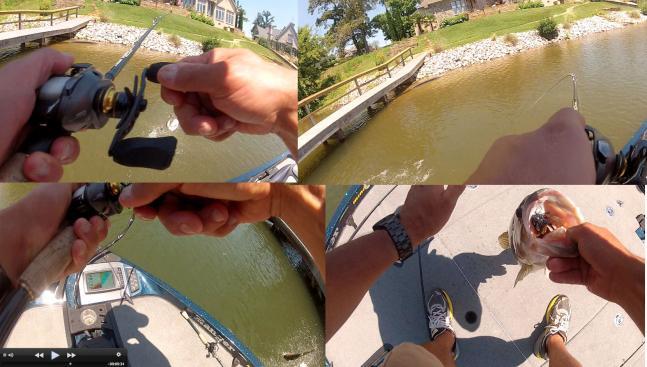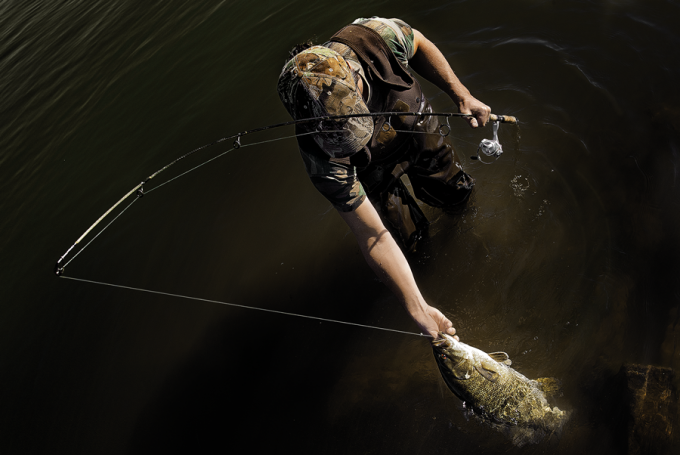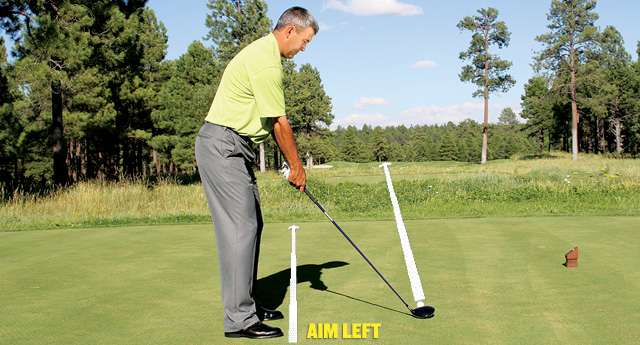Fishing Articles : Bunker Dunking Swivel Rig Update
In October of 1990, an article that I had written appeared in this publication. In that article titled "Terminal Livelining," I discussed a method for rigging a live bunker using a "Duolock" double locking snap swivel. The purpose of this rig is to avoid the use of treble hooks that often kill fish that are to be released. Since the time of that writing, I have continued to experiment with this terminal tackle arrangement. I now, more than ever, believe that it is the best possible combination in terms of both conservation and fishing effectiveness. I have however made some subtle but important changes in the rig which I felt should be passed along at this time.
The first of these changes relates to the orientation of the hook and attachment of the swivel to the hook to achieve this orientation. Due to the fact that the swivel runs through the eye of the hook, it will maintain the attitude of the hook in either the point up or point down position. It is very important that the hook be point up as this will prevent the rig from fouling in bottom debris. The point up position also seems to produce more solid hookups in the upper lip of the fish. To achieve this positioning of the hook, the swivel must be inserted into the bunker in one specific direction, however this presents another problem. It is much easier to insert the swivel going from the top of the head, down and out the mouth than it is going the opposite way. In order to satisfy both of these needs, the swivel must originally be attached to the hook in the proper way. As illustrated in the accompanying photographs, the Duolock swivel is opened at both ends, then the large loop side is passed through the eye of the hook from the back of the hook toward the point. It is then run all the way through so that the eye of the hook is in the small loop of the swivel where it will be held in position by the small side swivel lock. Now the large loop side of the swivel can be passed through the bait from the top of the head, down and out through the mouth. This will leave the hook in the point up position as illustrated.
The second change that I have incorporated is related to the place of attachment of the swivel in the head of the bunker. Previously I had recommended hooking through the nostrils or the upper front part of the mouth. I have discovered through use that in many cases, a hard hitting fish would tear the bunker off the rig before the hook
could be set by the angler. I dissected a bunker and discovered that there is a thick ridge of cartilage tissue just behind the nostrils but in front of the eyes. The swivel must be inserted through or behind this tough tissue. I use my fishing hook which is usually a 7/0 Gamakatsu short shank O扴haugnessy style, or an ice pick, to punch a hole through the roof of the mouth at a point even with the front of the eye sockets. Using the largest size Duolock swivel of 1 9/16 inch, I run it through this hole from the top of the head and out the mouth. The swivel is long enough to be snapped closed outside the mouth. I have found this attachment to be strong enough to withstand the most savage attack by any bass or bluefish.
A reminder once again, this rig is not sanctioned by the IGFA for setting world records because of the free swinging hook. It is however a real fish catcher that usually results in lip hooked fish that can easily and quickly be released. Occasionally fish will be hooked in the throat but the single hook can be removed with a long handled hook disgorger. If it is deeply gut hooked which is very rare with this rig, the leader should be cut leaving the hook to rust out which it does very quickly in a fish digestive system. A treble hook in the throat or gut will tear up or block the digestive path and result in certain death. I have developed tremendous confidence in this rig. I do not feel that I catch any fewer fish because of it, in fact, I feel that my catch has improved. My only hope is that more people will begin using it in the interest of fish conservation.
Good fishing, Capt. Al Lorenzetti ?Al Lorenzetti 1991
Published in "The Fisherman" 1991
Fishing Articles : Fall Plastics
Fishing Articles : Carolina Rig Fishing


